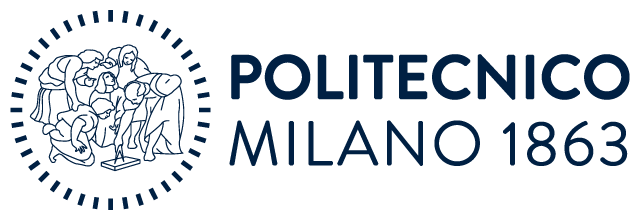How to hear the shape of a drum
In a iconic 1912 paper Hermann Weyl, motivated by problems posed by the physicist H.A. Lorentz about J.H. Jeans's radiation theory, showed that the dimension and the volume of a Euclidean domain may be traced from the asymptotic distribution of the eigenvalues of its Laplace operator.
In a as much famous 1966 paper titled "Can one hear the shape of a drum" Marc Kac popularized this and related problems connecting geometry and spectrum. He noticed that the hope to characterize {\it isometrically}, Euclidean domains or compact Riemannian manifolds by the spectrum of the Laplace operator, is vain: John Milnor in 1964 had showed the existence of non isometric 16 dimensional tori sharing a common (discrete) spectrum.
The aim of the talk is to show how to recognize {\it conformal maps} between Euclidean domains as those homeomorphisms which transform multipliers of the Sobolev-Dirichlet spaces of a domain into multipliers of the other and leave invariant the {\it fundamental tone} or {\it first nonzero eigenvalue} of the Dirichlet integral with respect to the energy measures of any multiplier. Related results hold true for {\it quasiconformal and bounded distortion maps}.
In the opposite direction, we prove that the trace of the Dirichlet integral, with respect to the energy measure of a multiplier, is a Dirichlet space that only depends upon the orbit
of the conformal group of the Euclidean space on the multiplier algebra.
The methods involve potential theory of Dirichlet forms (changing of speed measure, multipliers) and the Li-Yau conformal volume of Riemannian manifolds.
This is a collaboration with Jean-Luc Sauvageot C.N.R.S. France et Universit\'e Paris 7.

